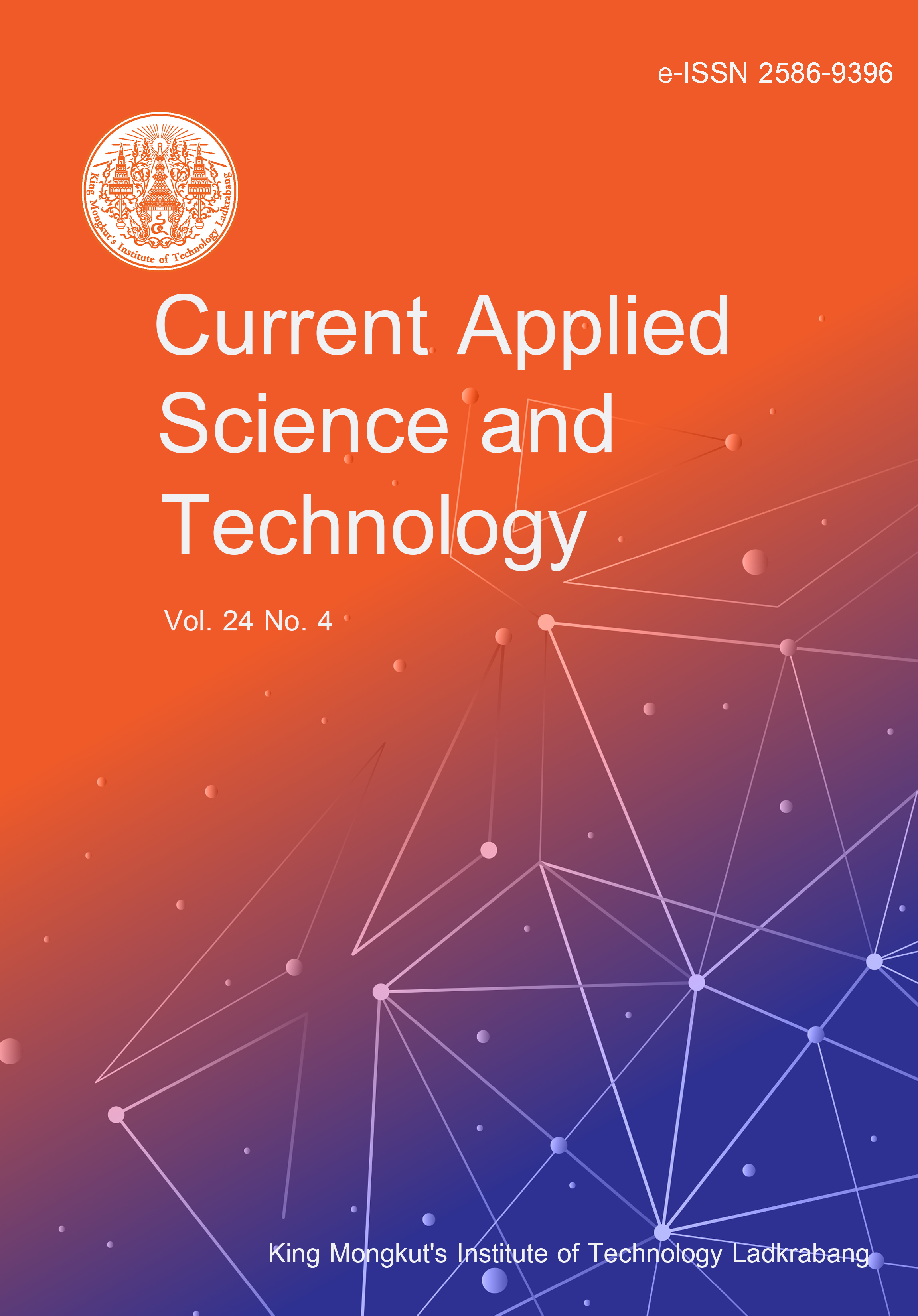Fruit flies are one of the major pests infesting varieties of economically important fruits worldwide. This pest represents one of the most damaging groups of polyphagous flies. One of the alternatives for the control of the fruit fly that attacks mangoes is the use of pheromone-baited traps. The effectiveness of the pheromone traps depends on several factors such as field conditions, trap location, and environmental conditions. Therefore, this study evaluated the effect of different trap heights (1, 2, 3, 4, 5, 6, and 7 feet above the ground) on fruit fly trapping with traps baited with methyl eugenol. The trap installed at 5 feet above the ground had the highest number (p<0.05) of captured fruit flies compared to other heights evaluated. These results imply that for the effective monitoring and management of fruit flies, pheromone baited traps must be placed 5 feet from the ground level. The results further revealed that weather parameters did not appear to have a significant correlation (p<0.05) with the average population count of the pest. Because of the importance and usefulness of the findings of this study, further research that integrates this technology with other pest management tactics against the tephritid flies infesting mango at farmers’ level is recommended. Optimizing this technology may offer a cost-effective and practical pest management approach for small hold mango farmers.
Bausin, C. A. ., Sampiano, K. undefined. F. S. ., Bayang, S. S. ., Aceres, L. V. ., & Sibongga, L. undefined. M. A. . (2024). Effects of Trap Height on the Capture of Bactrocera spp. (Diptera: Tephritidae) in Mango Orchard of Tagum City, Davao del Norte, Philippines. CURRENT APPLIED SCIENCE AND TECHNOLOGY, e0257143. https://doi.org/10.55003/cast.2024.257143

